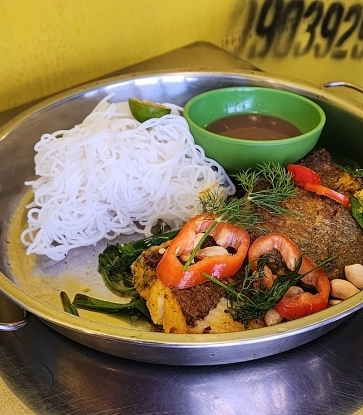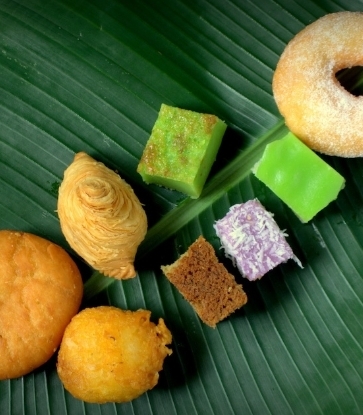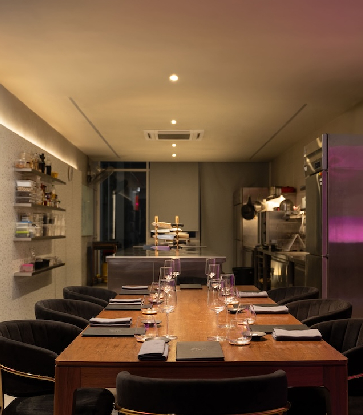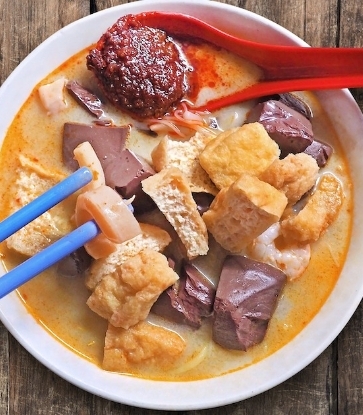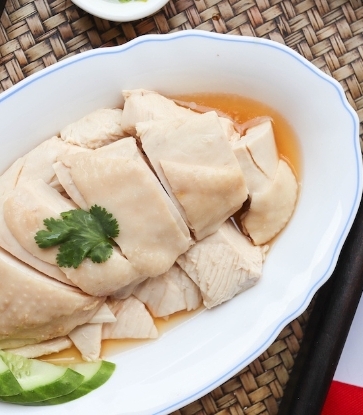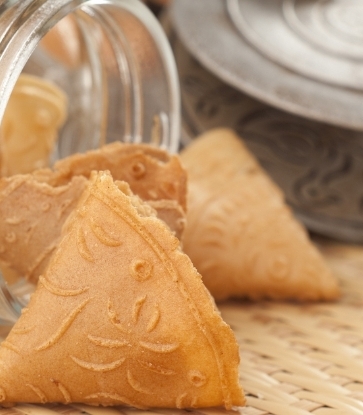Bak Kut Teh, when translated into English, means “meat bone tea”, which is a pretty accurate description of this popular Malaysian dish of Chinese heritage. The hearty porcine soup consists of different parts of the pig, such as bones, ribs, belly, and shoulder, simmered in a rich and flavourful broth that comes in varying versions, depending on the region of origin. There is, of course, no tea in preparing the broth. However, Bak Kut Teh is a meal that must be accompanied by Chinese tea to "wash down" the meat's richness.
Bak Kut Teh, in all its guises, is eaten any time of the day and is an indispensable part of the Malaysian culinary heritage. Most restaurants or street stalls that sell Bak Kut Teh specialise in this dish, with every table filled with diners taking their fill before the start of a day's work or after a busy day.
This is evident from the opening and closing times of the two Bib Gourmand Bak Kut Teh eateries in Kuala Lumpur, Ah Hei Bak Kut Teh and Hing Kee Bak Kut Teh. Ah Hei Bak Kut Teh is open in the morning from 7:30 a.m., while Hing Kee Bak Kut Teh is open from 4:00 p.m. until 2:00 a.m. Here, Desmond Chong of Ah Hei Bak Kut Teh and Pong Chee Yoong of Hing Kee Bak Kut Teh explain the distinct flavour of Kuala Lumpur's Bak Kut Teh, as well as each family's recipe's secret, which has made both businesses a family legacy, gaining a Bib Gourmand recognition in the process.

The Origins of Bak Kut Teh
Although Malaysia and Singapore both assert that Bak Kut Teh originated in their respective countries, no proof of its origin has yet been found. However, the most common explanation given by the Malaysian locals and the owners of both Bib Gourmand spots is that the dish came from Hokkien immigrants who settled within Klang's port. Chinese labourers made this hearty soup by cooking various parts of the pork with a variety of herbs and spices so that it would give them the energy and nutrition they needed for their strenuous work.

Compared to the Cantonese or Teochew versions, Hokkiens prefer their food to be more robust and saltier, contributing to a darker brown Bak Kut Teh broth, commonly found in Klang, with a dense, savoury taste. Chong explains, "on the other hand, the Teochew version of Bak Kut Teh in Singapore is clear and has a lighter, yet strong peppery taste to the broth made primarily with white pepper and garlic."
The Secret to a Delicious Bowl of Bak Kut Teh

"Every Bak Kut Teh restaurant has a distinctive flavour. Our version does not surpass Klang's version. It depends on the customer's preferences. What has kept our business going? The freshness of the meat and the quality of the herbs matter. We only use top-quality herbs," says Pong, proprietor of Hing Kee Bak Kut Teh.
The restaurant, which began as a street vendor twenty years ago, recently expanded from one to five shop lots. Hing Kee Bak Kut Teh also serves braised Bak Kut Teh (pictured on the left) and dry Bak Kut Teh. On the weekends, crowds from all walks of life will pack every shop lot from the evening until the early morning hours.
(Photo: Hing Kee Bak Kut Teh)
Pong still performs daily quality checks on the soup and frequently visits his herbs supplier to ensure the standards are upheld. "There are 15 herbs and spices in our broth. Dong shem (Codonopsis), dong gui (Angelica), and yuk chuck (Polygonatum) are the three main Chinese herbs. We get to work every day in the early hours after our last service around 2:00 a.m., when suppliers deliver the pork," Pong shares.
His staff continues the work in the morning, and it takes about three hours to complete the entire process, including cleaning and trimming the meat and making the broth.

Chong of Ah Hei Bak Kut Teh shares similar sentiments. “The success of our business lies within the broth. It is our responsibility to be hands-on in serving every customer. We do not water down the soup, and no MSG is added,” Chong adds. Ah Hei Bak Kut Teh also uses approximately 15 herbs and spices, amounting to about 5 kilos of premium herbs every day.
His mother, Madam Kim (pictured on the right), grew up in Klang eating Bak Kut Teh. She started the business in 1991 in Kuala Lumpur and has been modifying the recipe to suit her customers' preferences. "To maintain the soup's flavour, we constantly ask our regulars and customers for feedback," says Chong. Starting at 4:30 a.m., preparation work for the family continues until the shop opens at 7:30 am. Madam Kim would still be behind the stove, pouring each bowl of soup, even today.
(Photo: Ah Hei Bak Kut Teh)
Each day, Hing Kee Bak Kut Teh and Ah Hei Bak Kut Teh use about 100 kilos of meat to make their piping hot, clay pot-cooked Bak Kut Teh.
How to Best Savour a Bowl of Bak Kut Teh
Both Pong and Chong recommend tasting the soup first and getting a sense of the herbs' essence and the broth's flavour. Although one can add Chinese cabbage, lettuce, mushrooms, or fried tofu skin with the Bak Kut Teh, it is best to leave the extra ingredients out. "This is due to the ingredients diluting the soup's flavour," explains Chong. One can order their preferred add-ons in separate pots from either restaurant. Locals would add copious amounts of coriander, chilli, garlic, and dark soy sauce for a well-rounded Bak Kut Teh meal, frequently consumed with a bowl of rice. Another condiment to add is you tiao (fried dough fritters), which one would dip into the soup to soak up the essence of the soup. Hing Kee Bak Kut Teh also serves up fragrant oil rice, where each grain is richly coated with a house-made shallot oil.

Popular cuts of meat include pork belly, half-fat lean meat, and spare ribs. Pig intestines are an option in both restaurants for the more adventurous diners. Pig intestines at Ah Hei Bak Kut Teh (pictured on the left) are served in a special way that involves assembling and layering them by hand.
"Our soup's balanced flavour is one of the reasons why customers enjoy it. Bak Kut Teh is nourishing to the soul and, at least for Kuala Lumpur’s version, one can consume Bak Kut Teh daily," Pong shares.
(Photo: Ah Hei Bak Kut Teh)






